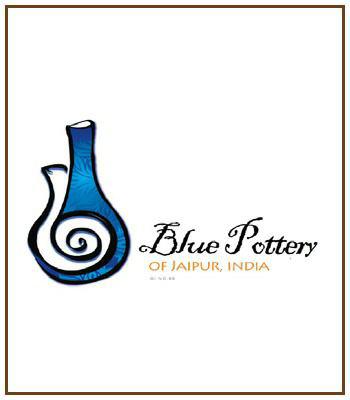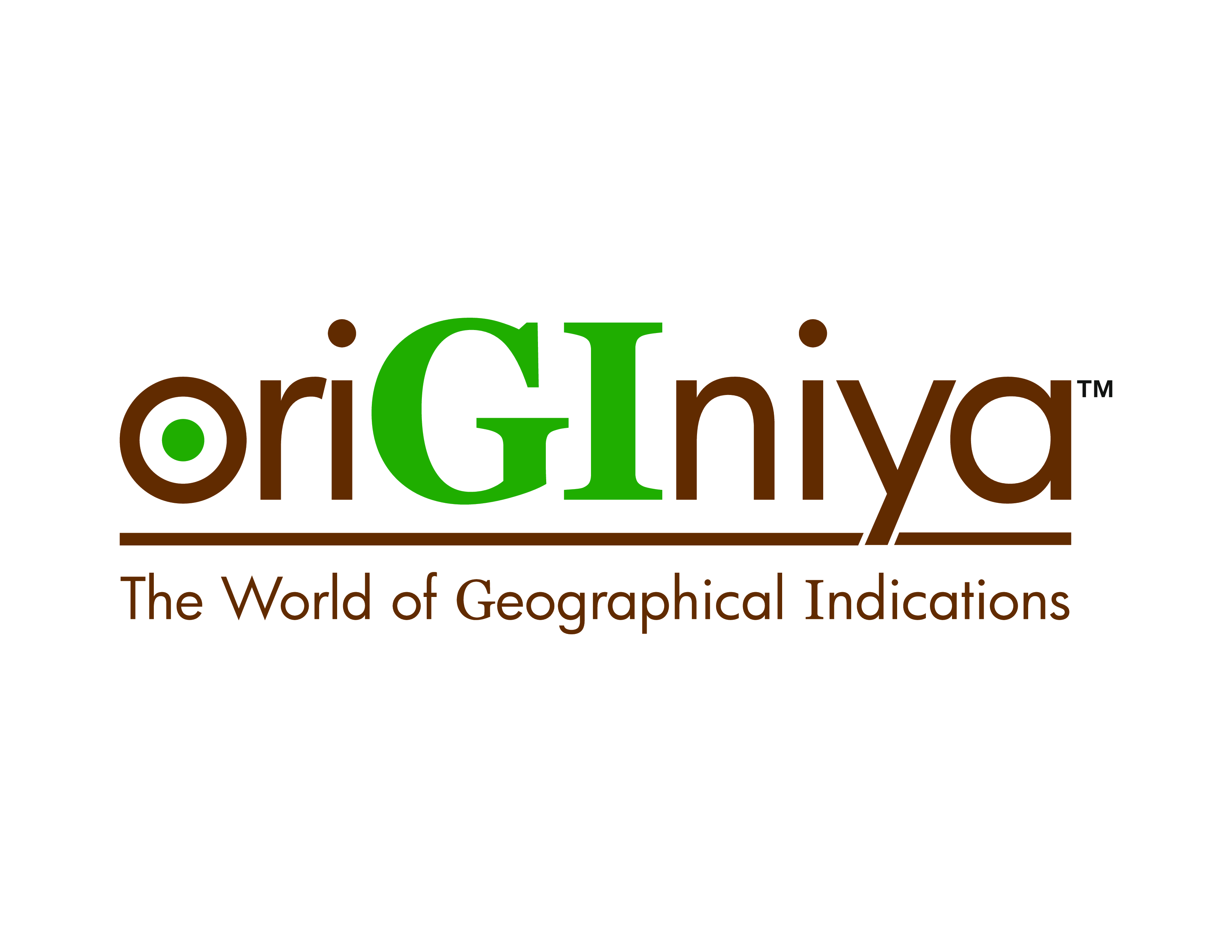Blue Pottery of Jaipur

Pottery takes us to the age of Harrapan and Mohanjodaro - the first developed Civilisations of India. Blue pottery of Jaipur can be easily recognized predominance of blue color on them. The brilliance of blue created from cobalt oxide is striking and is the key shade to create the visual appeal of these items. The use of yellow, green and other colors enhance the traditional color palette of white and blue. The entire item/ product is covered with decorative motifs and filled entirely with colors. The traditional motifs like the tessellating type of jaali, all over motifs and the stylized floral designs reflect their Persian origins.
The biggest advantage is that blue pottery does not develop any cracks, and blue pottery is also impervious, hygienic, and suitable for daily use. Blue pottery is beautifully decorated with a brush when the pot is rotated. Though the Indian Blue Pottery of Jaipur has quite a resemblance to Netherlands Delftware in its looks; still the procedure and design of Indian Pottery are completely different. Some of the unique features of Blue Pottery of Jaipur are as below:
The pottery is completely hand painted. The quartz composition of the ceramic is well suited to the hot and dry climate of the area. By wetting the edges, even the dry pieces can be joined. Very little post firing shrinkage. Requires only one firing for baking and glazing, unlike clay pottery where two firings are required. Since it does not crack much and is impervious, it is found very suitable and hygienic for daily use. The blue pottery products are quite light weight. The surface shines but the shine is less glossy.
One of the important characteristics of the product is that the entire product is covered with beautiful motifs reflecting the artisan’s perception and imagination of natural surroundings and socio-cultural ethos. The traditional motifs like the tessellating type of jaali, all over the motifs and the stylized floral designs reflect socio-cultural history of this beautiful product. The human skill in form of hand painting has lent a high level of delicacy to this art form is one of the important characteristics of this product.
Blue Pottery, the famous pottery of Jaipur, makes use of Fullers Earth- Multani Mitti as the base of any pottery. It is an imported technique, first used by the Mongols and then transferred to various countries. However the Indian Concept is a mix of Fullers Earth, Chinese Glazing Technology with Indian Designs. The main and only color used in Blue Pottery is the Sky Blue Color with the base as Pure White. The name comes from the eye-catching Persian blue dye used to color the clay. The Jaipur blue pottery, made out of Egyptian paste, is glazed and low-fired. Some of this pottery is semi-transparent and mostly decorated with animal and bird motifs. Being fired at very low temperature makes them fragile. There is no red clay used in the base as is the case in those that are practiced in some other areas.
Man Singh I was the first to bring the art of blue and white to Jaipur subsequent to his interactions with the Mughals and through his campaigns in Afghanistan. This was possibly temporary. With the initiative of Maharaja Sawai Ram Singh (1835-1880), the School of Art was established in 1866 at Jaipur and a great revival and rejuvenation of arts were planned. This work was continued by his successor Maharaja Sawai Madho Singh II.
